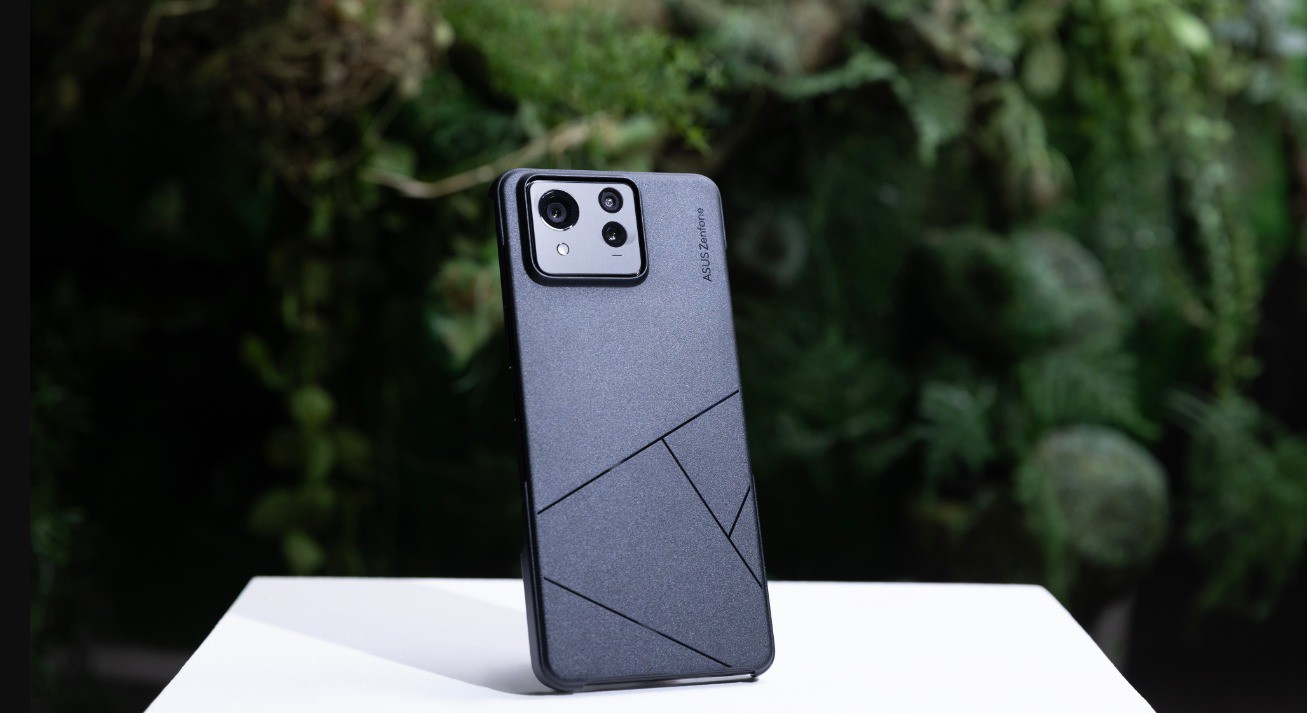ASUS is developing Zenfone 12 Ultra and will launch it soon.
ASUS has started working on the next version of its flagship model, the Zenfone 12 Ultra. According to information exclusively published by Gizmochina, the specifications of the Zenfone 12 Ultra model have appeared in the IMEI database. In fact, this phone model is a clone of the ROG Phone 9 series and has similar specifications.
ASUS is looking to increase its competition in the smartphone market. The company launched the Zenfone 11 Ultra a few months ago. So, it will soon launch the Zenfone 12 Ultra in the near future. According to the IMEI database, the model number of this phone is ASUSAI2501H.

It is worth noting that the Zenfone 12 Ultra and the ROG Phone 9 series will have the same features. We have seen similar examples with the Zenfone 11 Ultra and ROG Phone 8 series this year. According to the IMEI database, the model number of the ROG Phone 9 will be ASUSAI2501D.
The ASUS Zenfone 12 Ultra and the ROG Phone 9 series will be powered by the same processor. The two smartphones will be powered by Qualcomm's Snapdragon 8 Gen 4 chipset, equipped with at least 12GB of RAM. The ROG Phone 9 series will also feature a set of game-friendly control buttons.

Asus Zenfone 11 Ultra
There is no word on when either flagship will be released. However, the previous versions, the Zenfone 11 Ultra and the ROG Phone 8 series, were launched this year, so it is likely that the successors will be released in 2025. More information will likely come in the future, both on specifications and on the official launch date.
According to a leaker on Weibo named @Smart Pikachu, the upcoming Xiaomi 15 series will have a significant upgrade in fingerprint scanning technology. The leaked information shows that all three models of Xiaomi 15, 15 Pro and 15 Ultra, will remove the optical in-screen fingerprint scanner of the previous generation and adopt an ultrasonic fingerprint sensor under the screen, according to Gizmochina.
Ultrasonic fingerprint technology is becoming increasingly popular in the high-end phone market as brands like Samsung have integrated this technology into their high-end devices.

Unlike optical scanners that use light to read fingerprints, ultrasonic sensors use sound waves to create a more detailed 3D map of your fingerprint. This can offer several advantages, including:
- Improved security : Ultrasonic sensors are said to be more secure than optical scanners because they are less susceptible to counterfeiting such as photos or copies.
- Better performance in wet/dry conditions : Optical scanners can struggle when fingers are wet or dirty, while ultrasonic sensors work more reliably in a variety of conditions.
- Faster unlocking speed : Some reports suggest that ultrasonic sensors can provide faster unlocking times than optical scanners.
Although the sensor has higher accuracy and faster unlocking speed, it is also more expensive to implement.
While the leak from @Smart Pikachu suggests that all three Xiaomi 15 models will apparently get this advanced security feature, it's important to note that this information has yet to be confirmed by Xiaomi itself.
Additionally, there is no mention of the specific type of ultrasonic sensor being considered. Some manufacturers use a “one-touch” technology solution, while others use a larger sensor area for faster and more reliable unlocking capabilities.
The Xiaomi 15 series is expected to launch in November, in addition to the above-mentioned premium features, it is likely that the device will be equipped with Snapdragon 8 Gen 4 chipset at launch.


